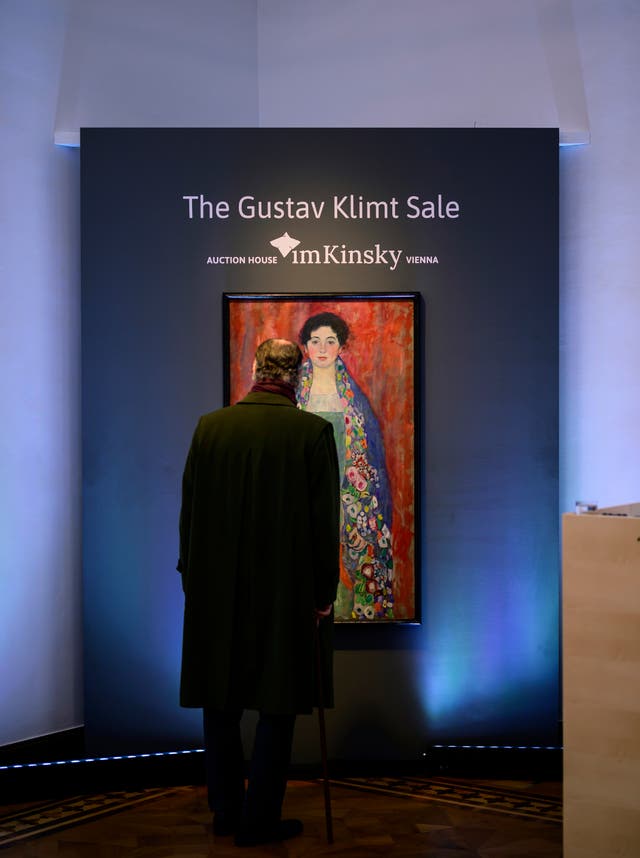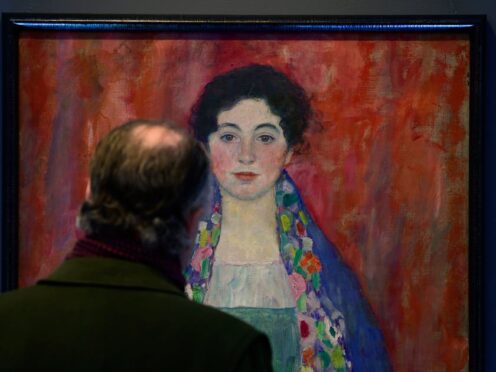A portrait of a young woman by Gustav Klimt that was long believed to be lost was sold at an auction in Vienna on Wednesday for 30 million euros (£25.7 million).
The Austrian modernist artist started work on the Portrait of Fraulein Lieser in 1917, the year before he died, and it is one of his last works.
Bidding started at 28 million euros (£24 million), and the sale price was at the lower end of an expected range of 30-50 million euros. The painting went to a bidder from Hong Kong, who was not identified.
The Im Kinsky auction house said that “a painting of such rarity, artistic significance and value has not been available on the art market in central Europe for decades.”

The intensely coloured painting was auctioned on behalf of the current owners, Austrian private citizens whose names were not released, and the legal heirs of Adolf and Henriette Lieser, one of whom is believed to have commissioned the painting.
It is not clear which member of the Lieser family was the model.
Klimt left the painting, with small parts unfinished, in his studio when he died of a stroke in early 1918 and it was given to the family who had commissioned it, according to the auction house.
The Jewish family fled Austria after 1930 and lost most of their possessions.
It is unclear what happened to the painting between 1925 and the 1960s, a period that includes the Nazi dictatorship. Austria was annexed by Nazi Germany in 1938.
The auction house says there is no evidence that the painting was confiscated then, but also no proof that it was not. It ended up with the current owners through three successive inheritances.
In view of the uncertainty, the current owners and the Liesers’ heirs drew up an agreement to go forward with the sale under the Washington Principles, which were drafted in 1998 to help resolve issues related to returning Nazi-confiscated art.
